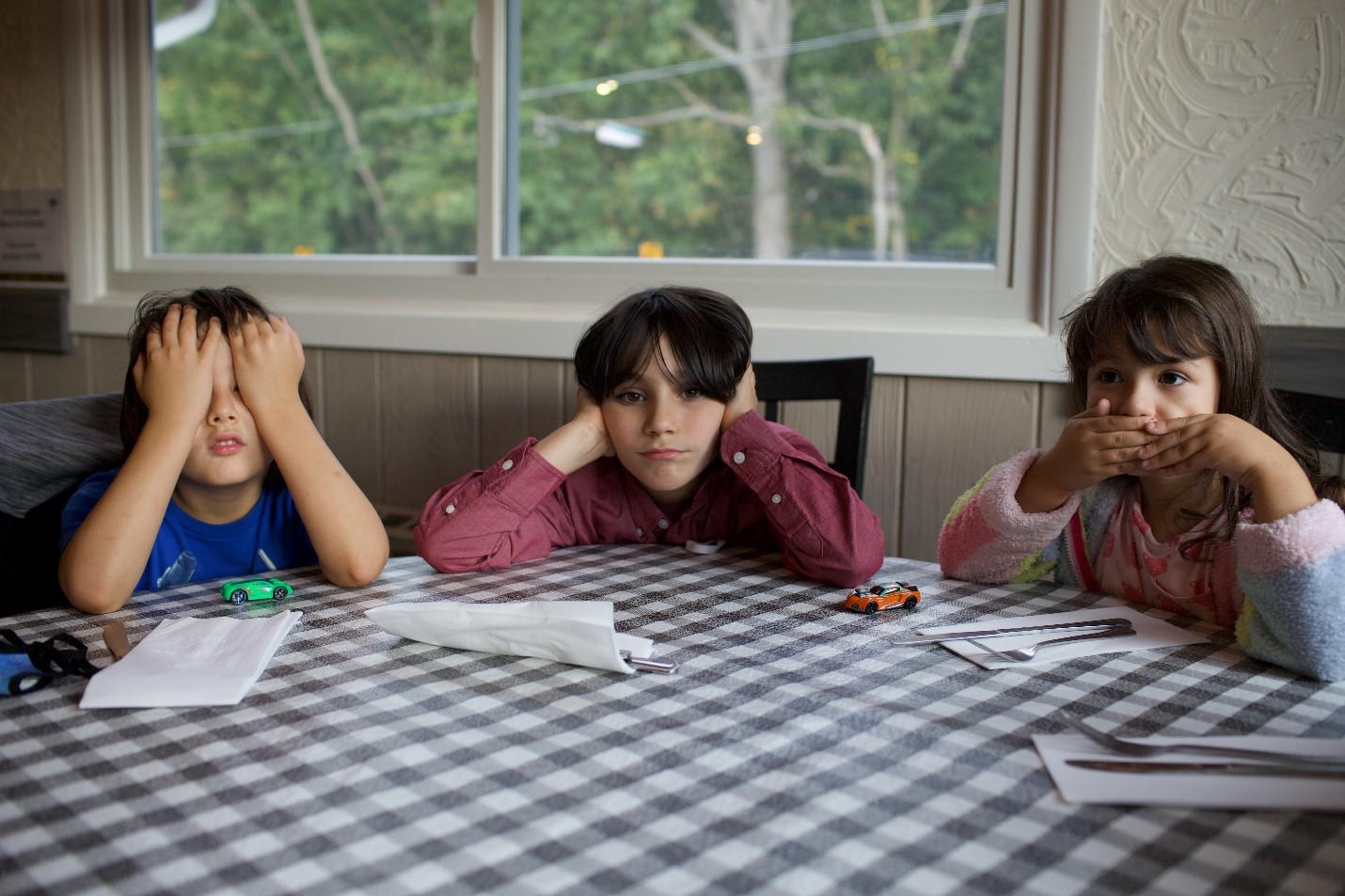The holiday season, with its twinkling lights, cozy gatherings, and the enchanting scent of freshly baked cookies in the air, is a time of magic and wonder. It’s a season that fills our hearts with warmth and reminds us to be grateful for the love and connections in our lives. But what happens when the fairy tale of the holidays collides with the reality of divorce? For many parents, this time of year can bring a unique set of challenges and mixed emotions.
If you find yourself navigating the holiday season post-divorce, you may be pondering how to maintain its special and cherished essence for your children. The great news is that achieving this is entirely feasible, and it all commences with a valuable lesson – embracing the art of gratitude.
In this article, we’ll explore the transformative power of gratitude, especially when it comes to teaching children to appreciate the holiday season amidst the complexities of divorce. Together, we’ll discover practical strategies and heartfelt approaches to make this season a time of connection, growth, and enduring memories. Despite the trials of divorce, the magic of the holidays can endure, and your children can learn one of life’s most valuable lessons along the way.
Emphasize the True Meaning of the Holidays
Navigating the holiday season after a divorce requires emphasizing the authentic spirit of this time of year to your children. Encourage them to understand that the holidays are not merely about material gifts or extravagant celebrations but are, at their core, a celebration of love, kindness, and togetherness. Help your children understand the profound importance of these values by sharing stories and traditions that revolve around them. Storytelling can be a powerful tool in instilling these principles, as you can recount tales of compassion, generosity, and the warmth of human connection. Furthermore, involving your children in activities that foster empathy and goodwill, such as volunteering or engaging in acts of kindness, can further solidify these lessons. By focusing on the true meaning of the holidays, you can guide your children in cherishing the essence of love and togetherness, thus creating lasting memories that extend far beyond material gifts and lavish celebrations.
Create New Traditions
In the wake of life changes, some long standing traditions may no longer be attainable or may not hold the same significance. Nevertheless, this juncture offers a unique window of opportunity to craft fresh and profound traditions alongside your children. It need not be elaborate or extravagant; simplicity can often resonate more deeply. Take, for instance, the act of coming together to bake holiday cookies. In the shared process of kneading dough and adorning cookies, bonds are strengthened. Alternatively, family volunteering can be a powerful way to instill values of generosity and togetherness, emphasizing the importance of giving back to the community. Through the introduction of these novel traditions, you not only create enduring memories but also impart core values that transcend the holiday season, fostering a sense of togetherness, resilience, and a shared purpose within your family circle.
Encourage Open Communication
When it comes to navigating the holiday season in the aftermath of a divorce, there’s no overstating the significance of cultivating an environment where open and candid conversations with your children are encouraged. Create a safe and supportive environment where your children feel free to express their thoughts and emotions about both the divorce and the upcoming holidays. Create an atmosphere where they feel comfortable sharing a spectrum of feelings, whether it’s excitement, sadness, confusion, or a mix of various emotions. Be a compassionate and attentive listener, showing empathy and understanding as they share their innermost thoughts. This act of listening and validating their emotions can be an essential component in their healing process and overall adjustment to the new dynamics of the holiday season post-divorce.
Teach the Art of Giving
Amid the holiday season, especially in the aftermath of a divorce, there is a profound opportunity to instill a valuable lesson in your children—the art of giving. Encourage your children to embrace the spirit of generosity, which can be a life-changing experience. By fostering the notion of giving back to others, you not only promote empathy and kindness but also help them grasp the genuine essence of the holidays. The avenues for doing this are numerous. You can involve your children in charitable endeavors or volunteer work that aligns with their interests and abilities. Whether it’s collecting donations for a local food bank, assisting at a shelter, or participating in a toy drive, these activities allow your children to actively contribute to brightening the holidays for others, fostering a sense of fulfillment and empathy.Furthermore, engaging in creative sessions to craft handmade gifts for family members and friends adds a personal dimension to the season, underscoring the thought and effort behind the act of giving. These experiences can enable your children to recognize the joy that comes from positively impacting the lives of others and, in turn, nurture a profound sense of gratitude. Teaching the art of giving not only reinforces the authentic meaning of the holidays but also equips your children with a lifelong understanding of the power of kindness and the significance of sharing one’s blessings with those less fortunate.
Practice Gratitude Daily
In the midst of the challenges posed by navigating the holiday season post-divorce, it becomes even more vital to establish a daily practice of gratitude within your family. Creating a habit of recognizing and vocalizing the things you’re thankful for can be remarkably transformative. Encourage your family to come together and share what they are grateful for, whether it’s during dinner, before bedtime, or in any other convenient moment that suits your family’s routine. This straightforward yet impactful practice not only deepens the familial bonds but also fosters a profound appreciation for the positive aspects of life. It serves as a reminder that even in times of change and transition, there are still countless reasons to be thankful. Moreover, this routine can serve as a powerful tool in helping your children shift their focus away from potential difficulties and towards the abundance of love, support, and cherished experiences that surround them. By making gratitude a part of your daily family life, you can infuse the holiday season with a profound sense of thankfulness, allowing your children to carry this essential lesson with them throughout the year, far beyond the confines of the holiday period.
Despite the difficulties, the holiday season can be a time of growth, love, and lasting memories for your family. So, let’s embrace the power of gratitude and make this holiday season a special one for your children.









